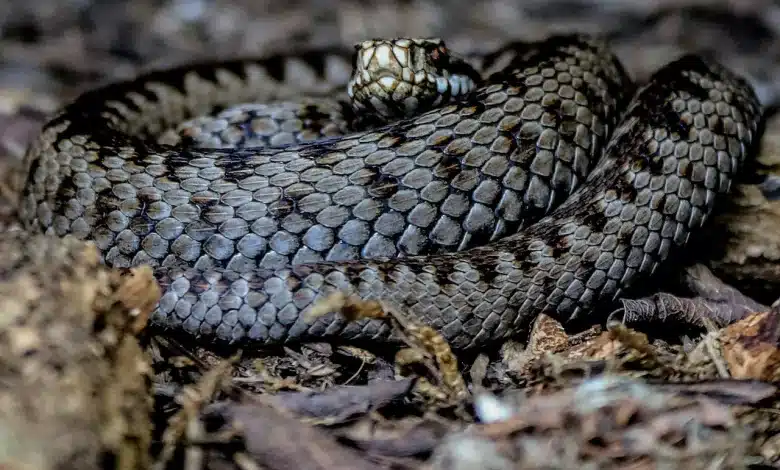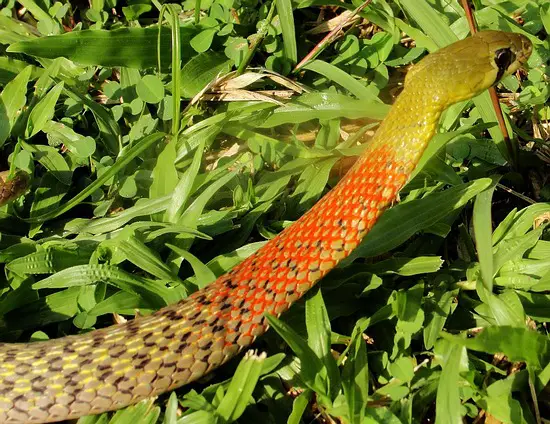Other Venomous Snakes

Other Potentially Dangerous Thailand Snakes

With the exception of the Red-necked Keelback, these snakes are not traditionally listed as venomous, but significant reactions have occurred in some people after bites and envenomation by the following snakes. Great care should be taken with these snakes.
- Blue-necked Keelback – Macrophistodon rhodomelas.
- Green Keelback – Rhabdophis nigrocinctus. Possibly medically significant bites due to sharing Rhabdophis genus with the red-necked keelback.
- Orange-lipped Keelback – Macropisthodon flaviceps.
- Red-necked Keelback – Rhabdophis subminiatus. Potentially deadly. The venom is very strong, on par with some of the kraits.
- Speckle-bellied Keelback – Rhabdophis chrysargos. Possibly medically significant bites due to sharing Rhabdophis genus with the red-necked keelback.

If exposed to powdered rattlesnake head dust, (accidentally inhaled) and symptoms of nervousness, anxiety, numbness on the tongue and lips, headaches, slight memory loss, sore eyes, and slow tingling sensations all over the body intermittently, severe hair loss ‘begin one month’ after exposure, what blood test would show neurotoxin poisening in the blood?
Would symptoms continue to get worse, or will symptoms go away if it took one month to develop symptoms?
Is it a blood test to show exposure?
If so what is the blood test called?
What is the treatment?
Anxiously awaiting your response.
Please answer privately and do not post my question.
Kind Regards
Not a doctor Sheri. Why don’t you contact Joe Pittman? Here is the page with his info:
https://thailandsnakes.com/emergency-snakebite-contacts-venomous-snakes/